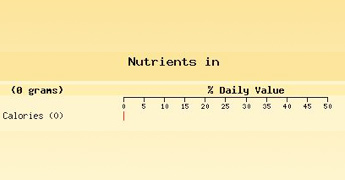
 Bangalore City is consuming 200 litres of goat’s milk every day for the past three months, for medicinal properties. Compared to the 25 Lakh litres of Cows milk supplied by Karnataka Milk Federation (KMF), the consumption is low.
Bangalore City is consuming 200 litres of goat’s milk every day for the past three months, for medicinal properties. Compared to the 25 Lakh litres of Cows milk supplied by Karnataka Milk Federation (KMF), the consumption is low.
But there is a growing demand from ayurvedic medicine makers, even in cities like Pune and Mumbai.
The goat’s milk, under the brand name Nadur Goat Farm, is being supplied from Udupi, in half a litre pillow packs, since the last decade. The inspiration got from goat milk cheese imports, from elaborate usage in Europe made Jayakar Kairanna ponder over the idea to start the farm in 2002.
Since then it has become a traditional business and his sons Stephen and Sydney, look after the farm. Right now 2,000 goats in the stall feed method are reared and plan to expand milk supply from 2,000 litres shortly and then to 5,000 litres.
Goat’s milk is not new in India. But the growth of milk federations saw its consumption diminish. In fact, it is well-known that Mahatma Gandhi was very fond of it. The milk’s cost, at almost four times the cost of cow’s milk, is not a deterrent, since there is no cooperative collection of the milk, says Stephen.
He added Bangalore has a population that will try anything new. But slowly, it is dawning on people that goat’s milk is not just a short term need.
The records suggest that goats are one of the oldest domesticated species. Goats have been used for their milk, meat, hair, and skins over much of the world. In the twentieth century they also gained in popularity as pets.
Delicious with a slightly sweet and sometimes salty undertone, goat's milk is the milk of choice in most of the world. Unlike cow's milk there is no need to homogenize goat's milk. While the fat globules in cow's milk tend to separate to the surface, the globules in goat's milk are much smaller and will remain suspended in solution. When individuals have sensitivity to cow's milk, goat's milk can sometimes be used as an alternative.














